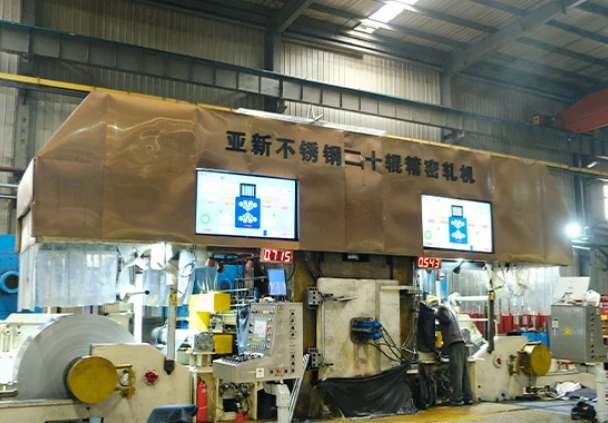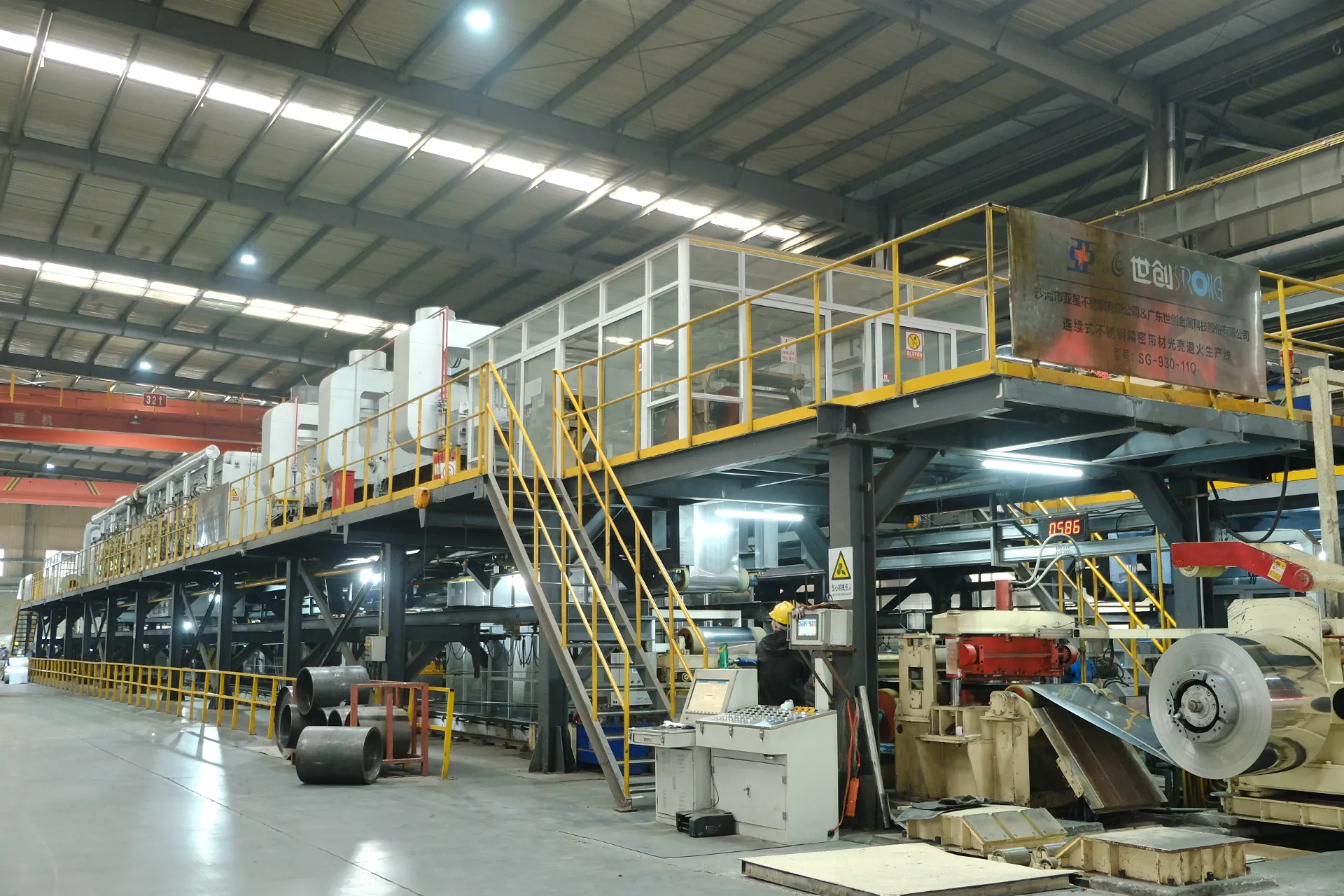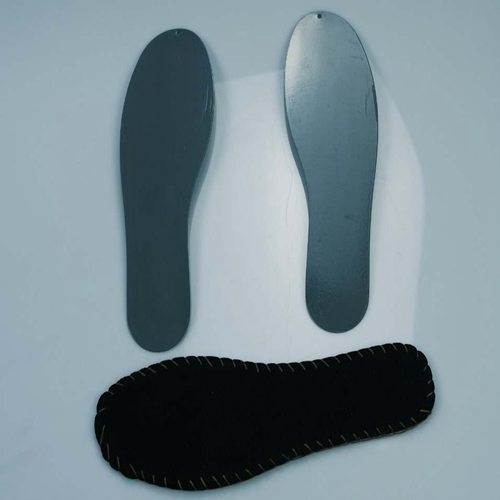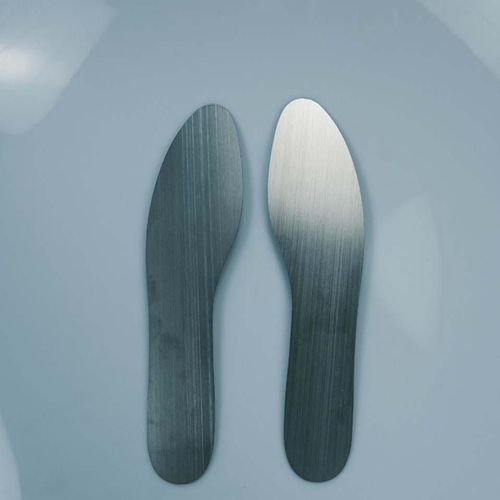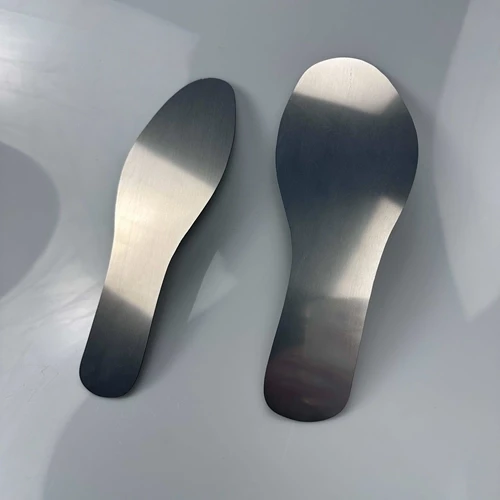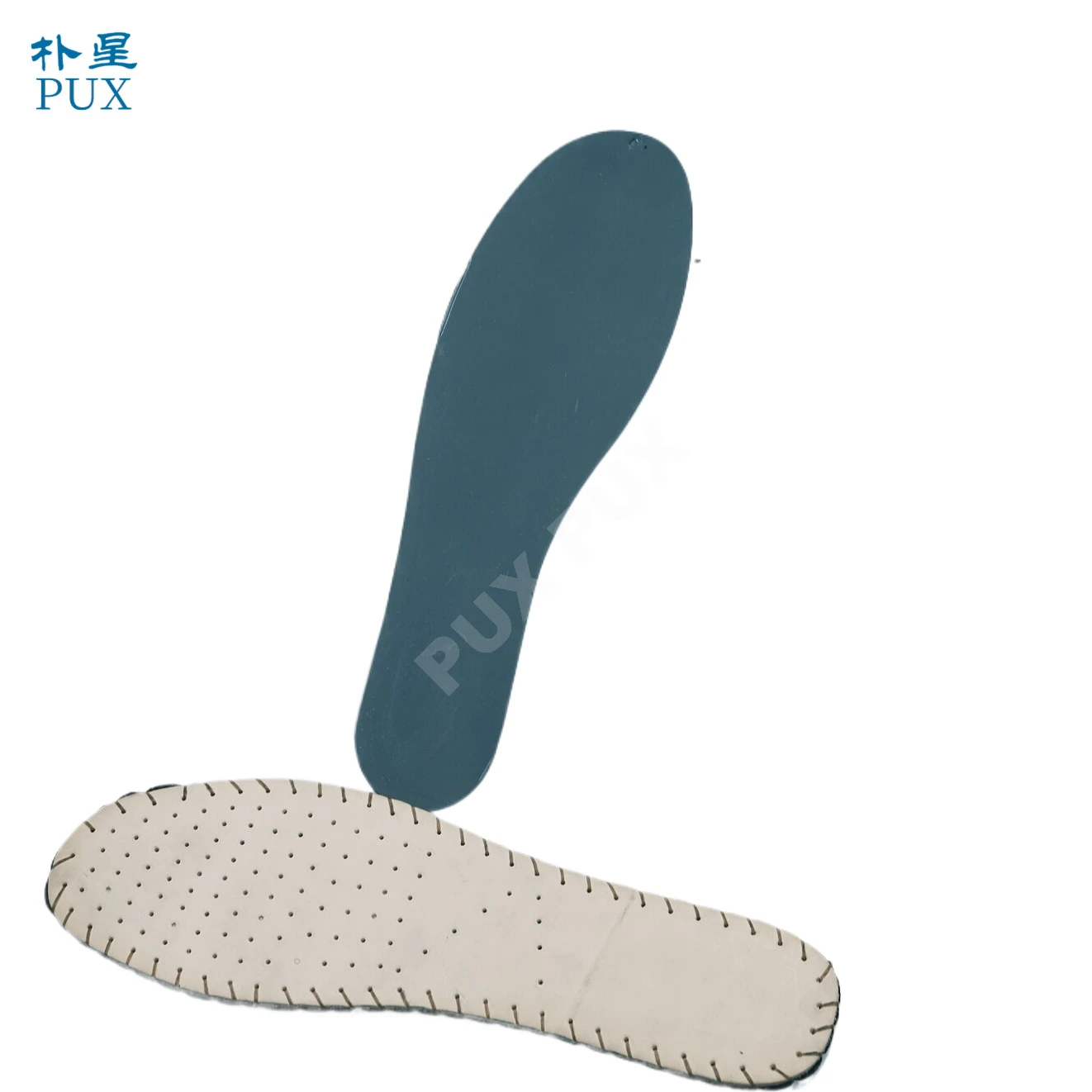các sản phẩm
The steel midsole is a vital protective component in industrial footwear, offering unmatched puncture resistance against sharp objects like nails or metal debris. Made from hardened carbon steel, it provides a rigid barrier that distributes impact forces evenly across the foot. Its tempered construction (1-2mm thick) balances durability with flexibility, while corrosion-resistant coatings ensure longevity in harsh environments.
The steel plate also enhances stability, reducing foot fatigue during prolonged standing on hard surfaces. Though slightly heavier than composite alternatives, its superior penetration protection and load-bearing capacity make it ideal for construction, manufacturing, and heavy industry applications. Modern designs integrate ergonomic contours and compatibility with other safety features, maintaining workplace protection without compromising comfort.
-
Tấm đế giữa kevlar chất lượng cao dành cho nhà sản xuất giày an toàn
Mục:Đế giữa Kevla
Ứng dụng:Đối với giày bảo hộ
Vật liệu:Kevla
độ dày:0,5mm/0,8mm
Màu sắc:trắng
Tiêu chuẩn:EN22568
Khả năng chống thâm nhập:1200N
Khả năng chống uốn:Tiêu chuẩn EN22568 (1500000 lần)
Chức năng:Chống nước, chống va đập, chống đâm thủng, chống trượt
Nguồn gốc:Hà Bắc, Trung Quốc
-
Đế giữa an toàn cho giày Tấm thép Chống đinh Chống đâm thủng bàn chân Larbor Đế giữa bằng thép bảo vệ
Mục:Đế giữa bằng thép Mn
Ứng dụng:Đối với giày bảo hộ
Vật liệu:Thép Mn
độ dày:0,49-0,5mm
Màu sắc:đen
Tiêu chuẩn:EN22568
Khả năng chống thâm nhập:1200N
Chức năng:chống va đập, kháng dầu, chống tĩnh điện
Nguồn gốc:Hà Bắc, Trung Quốc
-
Đế giữa bằng thép không gỉ tiêu chuẩn EN chất lượng cao
Đế lót giày chống đâm thủng bằng thép không gỉ được làm từ thép chất lượng cao lý tưởng cho giày bảo hộ, có khả năng đâm thủng tốt
sức đề kháng và có thể uốn cong hơn 1.000.000 lần, bề mặt của nó được làm bằng phun bột mờ nhựa epoxy để tăng cường
độ bám dính, nó chống gỉ và chống đâm thủng. Đế thép chống xuyên thủng đã được sử dụng trong sản xuất giày bảo hộ trong nhiều năm. Nó
mỏng, rẻ tiền và được sử dụng rộng rãi bởi các nhà sản xuất giày bảo hộ. (Đế giữa bằng thép chống xuyên thép sản xuất tại xưởng chúng tôi có
Khả năng chống uốn: (1000000 lần), tiêu chuẩn EN12568, CSA (1500000 lần). Điện trở xuyên thấu 1100N Điện trở uốn
100PRS/CTN). Nó có TIÊU CHUẨN CHÂU ÂU EN12568.
Mục:đế giữa bằng thép không gỉ
Ứng dụng:Đối với giày bảo hộ
Vật liệu:thép không gỉ
độ dày:0,49mm
Màu sắc:bạc
Tiêu chuẩn:EN22568
Khả năng chống thâm nhập:1200N
Khả năng chống uốn:Tiêu chuẩn EN22568 (1000000 lần)
-
Stainless Steel Insole
Steel bottom can prevent puncture, anti-static, zigzag resistance, acid and alkali resistance, high and low temperature resistance. Quality up to EN, CSA, JIS and other international standards, is the work shoes, labor protection shoes and other protective shoes necessary protective products Stainless steel anti-puncture insole made of high quality steel, is the ideal choice for safety shoes, has good puncture resistance, can be bent more than 1,000,000 times. The surface is sprayed with epoxy resin matte powder to enhance adhesion, prevent rust and puncture. Especially in the site is particularly popular, mainly used to prevent stepping on nails or other sharp objects, due to its high hardness, wear resistance characteristics, can effectively protect the safety of the foot, reduce the risk of injury.Durable: Compared with ordinary insoles, stainless steel insoles are stronger, not easy to damage, and have a long service life.
What is a steel midsole?
A steel midsole is a protective layer embedded in work boots between the insole and outsole, designed to prevent puncture injuries from sharp objects like nails or metal shards. Typically made from thin, tempered steel, it provides rigid structural support while maintaining flexibility for walking comfort. The steel plate acts as an impenetrable barrier that meets ASTM F2413 safety standards for puncture resistance. Unlike surface protection, the midsole's strategic placement shields the entire footbed without adding excessive bulk.
While offering superior protection in industrial environments, steel midsoles do add some weight to footwear and can conduct temperature extremes. Modern designs often incorporate perforations or contours to improve flexibility and breathability while maintaining safety performance. This critical safety feature has become standard in many construction, manufacturing, and utility work boots where puncture hazards exist.
Pros and cons of Steel Midsole versus Composite
Steel midsoles and composite midsoles each have distinct advantages and drawbacks in work boot construction. Steel midsoles provide superior puncture resistance and structural rigidity, making them ideal for heavy industrial environments with sharp debris. They offer excellent protection against extreme compression and maintain stability over time, but add significant weight to the footwear and can conduct temperature extremes. Composite midsoles are lighter weight (typically 30-50% reduction), non-metallic (making them metal detector friendly), and provide better insulation against hot/cold surfaces.
While they meet most safety standards for puncture resistance, composites may not withstand repeated extreme impacts as well as steel. Composite materials also tend to be more flexible, improving comfort during extended wear but potentially offering less support for heavy loads. The choice depends on workplace hazards - steel excels in high-risk industrial settings while composites better suit lighter duty applications where weight and thermal comfort are priorities.





